Energy transitions occur from time to time, due to the discovery of new energy sources such as coal or due to policy changes, such as France’s embrace of nuclear energy. However, no transition is likely to be as fast paced and forced as the shift to clean energy, required to keep global temperatures from rising and to prevent permanent environmental damage. This rapid shift towards greener energy and the phasing out fossil fuels will come with risks ranging from lagging power grids to obsolete waste removal, but also brings about opportunities in areas such as electric power storage, smart energy grids, biofuels, and hydrogen power.
1. Background
Energy transitions have occurred throughout history, from burning wood to coal, then oil and natural gas. Some transitions have been forced, such as the OPEC Oil Embargo causing France to accelerate its turn to nuclear energy. Businesses also have a strong incentive to innovate ahead of the clean energy transition, to mitigate and avoid the political risks created by stricter regulation of greenhouse gases, specifically the campaign to eliminate carbon dioxide emissions.
While there are many risks and obstacles involved in being an innovation leader – producing products not supported by the current infrastructure, creating more waste than recycling, and the high cost and limited capacity of existing energy storage methods – these problems also represent opportunities for innovation and growth. From bioenergy and hydrogen to smart power grids and electric vehicles, many energy sectors are investing for growth, which is creating lucrative opportunities for business professionals, scientists, and entrepreneurs. The pieces are ultimately coming together for a full transition towards greener, cleaner energy production, but this period of transition will not be without its risks. There is obviously still a lot of room for new technological improvements to overcome obstacles and speed things along.
2. The Issue
Global warming is a theory that increased concentrations of greenhouse gases in the atmosphere will trap the sun’s radiation, leading to an increase in the average global temperature. The Intergovernmental Panel on Climate Change (IPCC) recently argued that limiting an increase in global temperature to 1.5°C is no longer achievable, and that even this amount of warming will have a permanent negative impact on the environment and global economy. Based on this grim prognostication, the UN has argued that carbon dioxide emissions need to be reduced by 45% by 2030.
The primary source of carbon dioxide emissions comes from fossil fuels, such as oil and natural gas, in the process of energy production. However, energy production derived from fossil fuels is a $5 trillion industry, so it cannot simply be abandoned. Rather, to accomplish a reduction in carbon dioxide emissions, an energy transition would need to occur, where fossil fuels are phased out over time and replaced by alternative sources of energy. If this transition was a simple swap of parts, it would already be completed, but the movement towards renewable and cleaner energy is much more complex and requires solutions not yet created.
3. Rationale for Energy Transition
Energy transitions have occurred all throughout world history.
An early major source of energy came from burning wood, which primarily served to heat homes and businesses. In the 18th century, the increased use of coal to fuel the industrial revolution led to the first major energy transition. By 1900, coal production formed the foundation of US power. Wood was not necessarily phased out, as much as just naturally replaced by coal, which represented a more efficient and denser source of energy.
During the 20th century, another energy transition occurred with the global usage of coal dropping from around 95% in 1900 to less than 30% in 2000 as other sources were discovered such as petroleum, natural gas, and hydroelectricity. These transitions occurred due to the natural discovery of better sources of energy, not due to any other external influences such as supply shocks or political targets.
Figure 1: Global fossil fuel consumption
These natural transitions in energy generation are not the only type that have occurred throughout history. There have also been forced transitions, that have occurred due to external influences. In the 1700s, rising wages in British cities forced businesses to substitute labor power with cheaper coal as a source of productive energy. In the 1970s, high oil prices forced France to embrace nuclear power in a big way. In 1976, Brazil similarly responded to high oil prices by mandating the blending of ethanol with gasoline, leading it to become today the world’s second largest producer of ethanol-based fuel.
In 1973, oil accounted for over 70% of France’s energy supply and over 70% of France’s oil was imported from the Middle East. So, when the OPEC Oil Embargo caused the price of oil to skyrocket, France turned to nuclear power as an alternative fuel source. Over the next few decades, nearly 60 nuclear plants were constructed, producing the energy equivalent of 100 million tons of oil. Large scale nuclear energy production was the goal, which had been largely unobtainable until subsidies and incentives made nuclear price competitive with oil.
As seen in Figure 2 below, the energy supplied from nuclear sources grew rapidly in the decades following the OPEC oil embargo, establishing France as one of the largest producers of nuclear energy, second only to the United States.
Figure 2: France’s primary energy supply, 1971 – 2006
Brazil began using a bioethanol as a gasoline substitute as early as 1925, but it became a very important alternative due to the OPEC oil crisis of the 1970s. The government required Petrobras, a state-owned oil company, to purchase a set amount of ethanol per year, provided the ethanol industry with incentives, and imposed a price ceiling that capped the price of ethanol to 59% of the price of gasoline. Scientists have argued that from 1975 to 2000, Brazil’s bio-ethanol program has reduced carbon emissions by more than 600 million tons.
Forced energy transitions can occur and can be successful, if there is a clear objective, widespread stakeholder buy-in, and support for technological innovation. It remains to be seen whether this process can be replicated on a global scale.
4. Nature of the Clean Energy Transition
Similar to the introduction of nuclear energy in France and bioethanol in Brazil, the shift to clean energy is a forced process, but it is different in three main ways. Firstly, the shift towards clean energy is a global trend, not just the policy of a single country or region. Since climate change is a global issue, reducing carbon emissions requires global cooperation on a scale that has not been seen before. Secondly, if the modelling of the IPCC is accurate, this energy transition needs to occur at a much faster pace than previous transitions to limit the increase in global temperature. While the transitions in Brazil and France occurred over 30 years, the clean energy transition would need to occur this decade. Finally, this transition will not be driven by the introduction of any new forms of energy such as coal, oil, or nuclear, but will instead rely on a mixture of energy sources: wind, solar, geothermal, hydroelectricity, and others.
Figure 3: Activities that are facilitating the clean energy transition
There will be some clear winners in the clean energy transition, namely more developed countries. They possess the infrastructure and capital to make the necessary changes, such as constructing offshore wind turbines, updating existing power grids, and building large scale charging stations for electrical vehicles.
5. Business Risks
In any industry transition, there is risk. However, given that the fossil fuel-based energy market is valued at over $5 trillion, the risks involved in the clean energy transition are proportionally huge. While the list of potential risks is wide ranging, there are two major ones that will impact all major industries: bottlenecks and waste removal.
5.1 Bottle Necks
With the transition to cleaner energy sources, new infrastructure will be required. Of course, a lot of existing infrastructure can be retained. For example, a shift from oil and natural gas to solar and wind will still use existing energy transmission and distribution infrastructure. However, the electric grid cannot support every car becoming an electric vehicle overnight. There are currently around 250,000 electric vehicles on the road in the United States, but the country’s power generation will need to double its output by 2050 to support an economy in which not more than two thirds of drivers own an electric vehicle (~2,500 GigaWatts of power).
Assuming energy can be produced via clean methods and transported to its intended destination, there will be one other key bottleneck to overcome: electricity storage. Lithium-ion batteries dominate the market but can only store large amounts of energy for a few hours at a time. New solutions are needed in the Long Duration Energy Storage (LDES) field. According to McKinsey, final energy demand will double by 2050, with growth in demand coming primarily from buildings, transportation, and industry.
Figure 4: Final energy demand, 2016 – 2050
5.2 Waste Removal
All forms of energy generation produce waste products. For example, burning fossil fuels produces carbon dioxide and carbon monoxide. While nuclear energy produces fewer greenhouse gases it instead creates spent fuel rods that need to be sequestered in remote areas to prevent contamination of towns and farmland.
Clean energy will produce less traditional forms of waste, but will pose its own challenges. For example, as wind turbines and solar panels reach the end of their life cycle, they will need to be recycled carefully. As infrastructure and the global economy becomes increasingly digital, there will be a need to recycle precious and rare-earth metals within electronics, and as the pace of technological progress accelerates, electronic devices will become obsolete at a faster rate. Sorting, recycling, and building new electronic devices will need to keep pace with the shift towards greater digitalization.
6. Business Opportunities
Transitioning to cleaner, greener energy will create opportunities for business growth and development. According to Rewiring America, up to 20 million new jobs will be created in the next decade in the United States alone. Many of these jobs will be focused on construction, research, and development to design and build the new technology and infrastructure needed to support the clean energy transition. However, at least 5 million of these newly created jobs will be permanent. This growth will occur in many sectors, some traditional and some brand new.
Before the discovery of coal, animal fats and wood were burned to create energy, warmth, and power. These mediums were early sources of bioenergy. Today bioenergy is making a resurgence, with demand exceeding 1.7 billion barrels of oil. McKinsey projects this number to more than triple by 2030, equating to roughly 5.5 billion barrels of oil, spread between power generation, transportation, buildings, industry, and agricultural applications. Similar to what happened in Brazil, production of biofuels will increase dramatically. This growing industry represents a closer fit for traditional oil and gas companies compared to wind and solar, and will remain an attractive area for investment.
According to McKinsey, another attractive energy source for oil and gas companies to explore is hydrogen. Existing demand for hydrogen power should nearly double by 2030, primarily for use in industry. This unique source of energy is still heavily in the research and development phase. Some companies have produced prototype cars that are powered by hydrogen fuel cells. In June 2021, the Doosan Group announced that they plan to build Korea’s first hydrogen gas turbine by 2027. It is projected to provide 270 MW of power and emit 21% less carbon dioxide compared to traditional fuel sources.
Figure 5: Projected bioenergy and hydrogen demand, 2030
Another growth sector will be smart grids, which are likely to replace existing power grids. While traditional power grids transmit electricity between energy source and customers (homes, businesses, utilities), smart grids will be able to transport both energy and information, which will make it possible to monitor crucial data such as electricity generation, transmission, storage, and demand. This will increase energy use efficiency, make it possible to incorporate intermittent renewable energy sources such as solar and wind power, and effectively manage fluctuating energy demand. There are many companies jumping into this sector, providing services such as analyzing real time data, re-routing power, and storing surplus energy. Well thought out government policy also has the potential to help drive the transition to smarter energy grids by providing incentives and certainty for investors, similar to the way policy in Brazil drove the shift towards biofuels.
While there are many identifiable opportunities in the clean every space, there is room for new technology as well. Innovation will be required to facilitate the rapid forced energy transition called for by international bodies, and the pace of innovation can be accelerated if it enjoys support from governments in the form of grants, subsidies, and intellectual property protections. For example, there is an urgent need for the discovery of new energy sources. According to Dan Ervin, Professor of Finance at Salisbury University, wind and solar energy account for around 12% of US energy production, but if total energy consumption doubles, these two sources will not be able to keep up. New and innovative sources of energy will need to be discovered, harnessed, and scaled up if America and the world are to stand a fighting chance of simultaneously meeting the growing demand for energy and eliminating carbon dioxide emissions.
Final Thoughts
Although the impending clean energy transition to reduce the forecast impact of climate change is a new pressing need, energy transitions have occurred all throughout history. What is different this time around is the level of innovation and commitment that will be required to bring about a large and rapid shift in energy generation on a scale greater than has ever been seen before.
Big changes will carry with them large amounts of risk, but also a wealth of opportunities for engineers, scientists, policy makers, innovators, and more.
Ricky Hollenbach is a third year Ph.D. student at Duke University in Mechanical Engineering, studying unsteady aerodynamics and mechanical vibrations in jet engines and turbomachinery. He aspires to become a management consultant in the aerospace and defense fields.
Image: Pexels
References
Beck, C., Kar, J., Hall, S., Olufon, D., & Bellone, D. (2021). The big choices for oil and gas in navigating the energy transition. https://www.mckinsey.com/industries/oil-and-gas/our-insights/the-big-choices-for-oil-and-gas-in-navigating-the-energy-transition
Doosan Corporation. (2021). Doosan Heavy Steps Up Hydrogen Gas Turbine Development Efforts and Strengthens Cooperation with Public Power Companies. https://www.doosan.com/en/media-center/press-release_view?id=20172308
Ervin, D. (2021). With the New Energy Reality, the Game Has Changed. Solar and Wind Alone Can’t Meet Growing Power Demand. https://www.realclearenergy.org/articles/2021/10/05/with_the_new_energy_reality_the_game_has_changed_solar_and_wind_alone_cant_meet_growing_power_demand_797555.amp.html
Groom, N., & Bellon, T. (2021). EV rollout will require huge investments in strained U.S. power grids. https://www.reuters.com/article/us-usa-weather-grids-autos-insight-idUSKBN2AX18Y
Irfan, U. (2018). 4 big takeaways from the UN’s alarming climate change report. https://www.vox.com/2018/10/9/17951924/climate-change-global-warming-un-ipcc-report-takeaways
Schabram, J., & Veillard, X. (2021). A new age for energy and commodity trading. https://www.mckinsey.com/industries/electric-power-and-natural-gas/our-insights/the-power-and-gas-blog/a-new-age-for-energy-and-commodity-trading
Solomona, B. D., & Karthik K. (2011). The coming sustainable energy transition: History, strategies, and outlook. Energy Policy, 39(11), 7422-7431. https://www.sciencedirect.com/science/article/abs/pii/S0301421511006987
Wood Mackenzie. (2020). Everything you need to know about the energy transition. https://www.woodmac.com/nslp/energy-transition-guide/
Yahoo. (2021). Smart Grid: Global Markets to 2026. https://www.yahoo.com/now/smart-grid-global-markets-2026-080800689.html
🔴 Like this article? Follow us now on LinkedIn to stay in the loop and connect with other readers.
Sharpen your edge in consulting
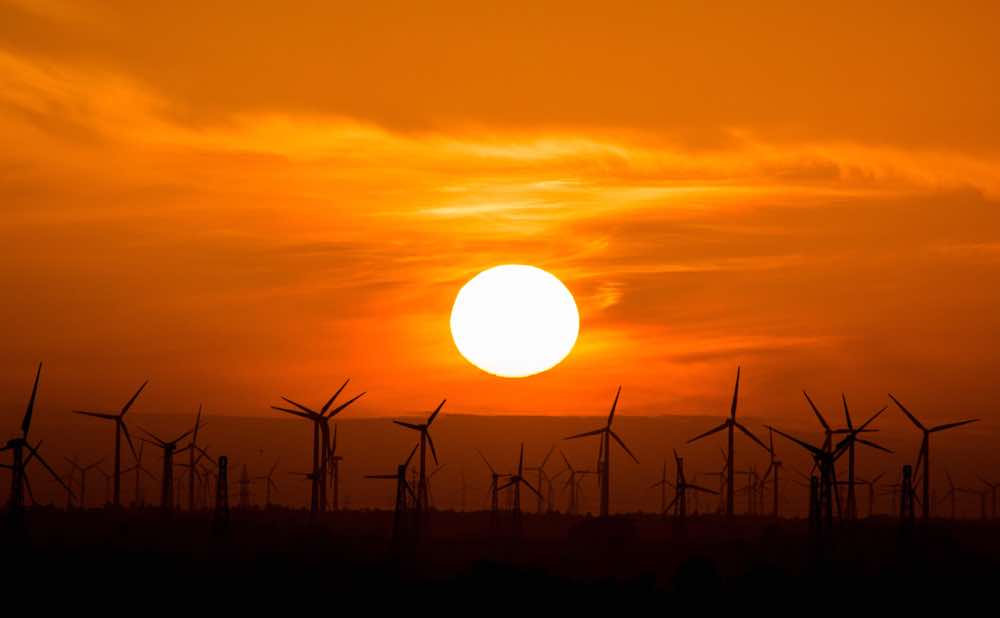
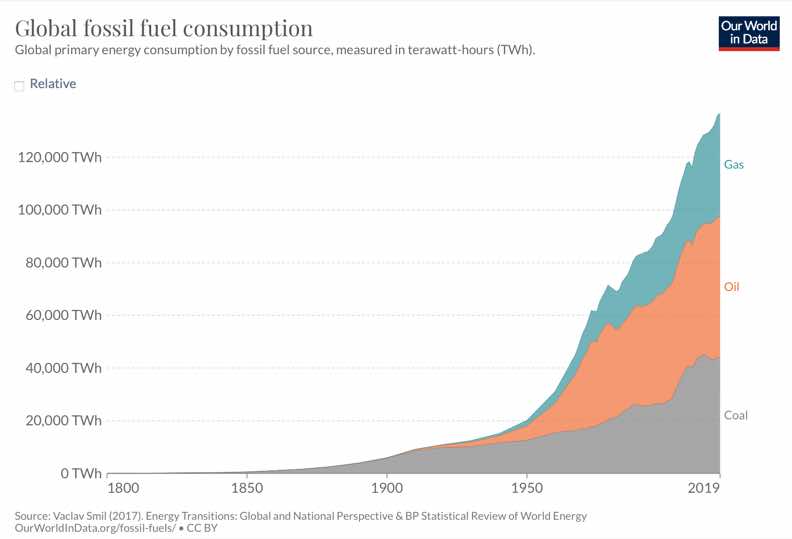
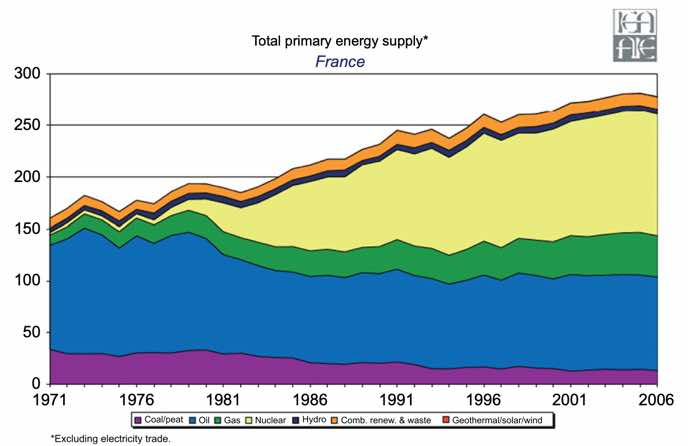
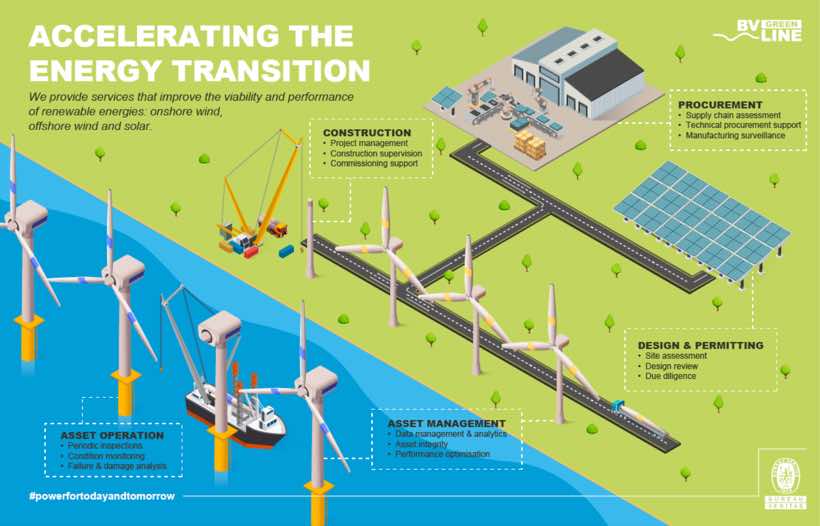
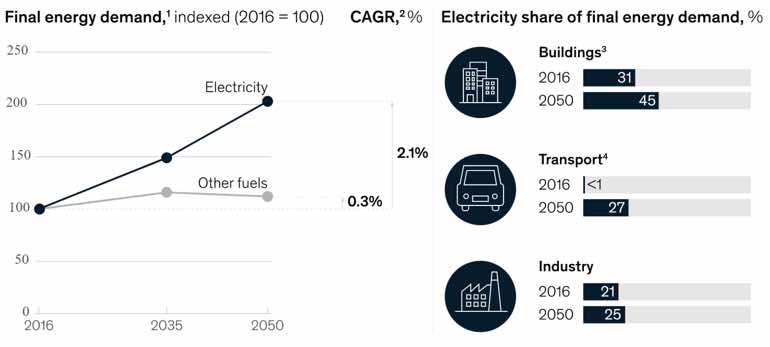
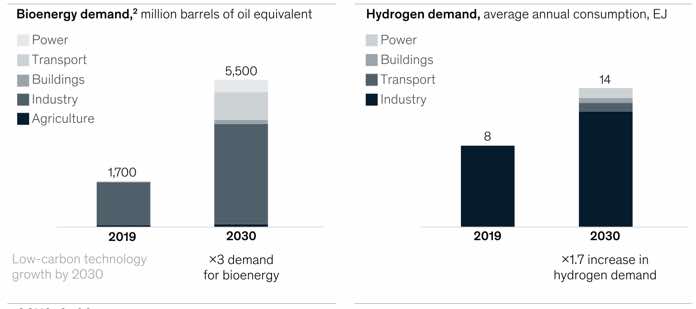
One reply on “Clean Energy Transition: Business Risks and Opportunities”
[…] this blog post, we will explore how the increased use of renewable energy is impacting the consulting industry, and what consulting companies must do to adapt and thrive in […]